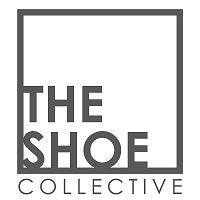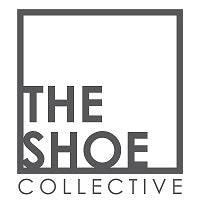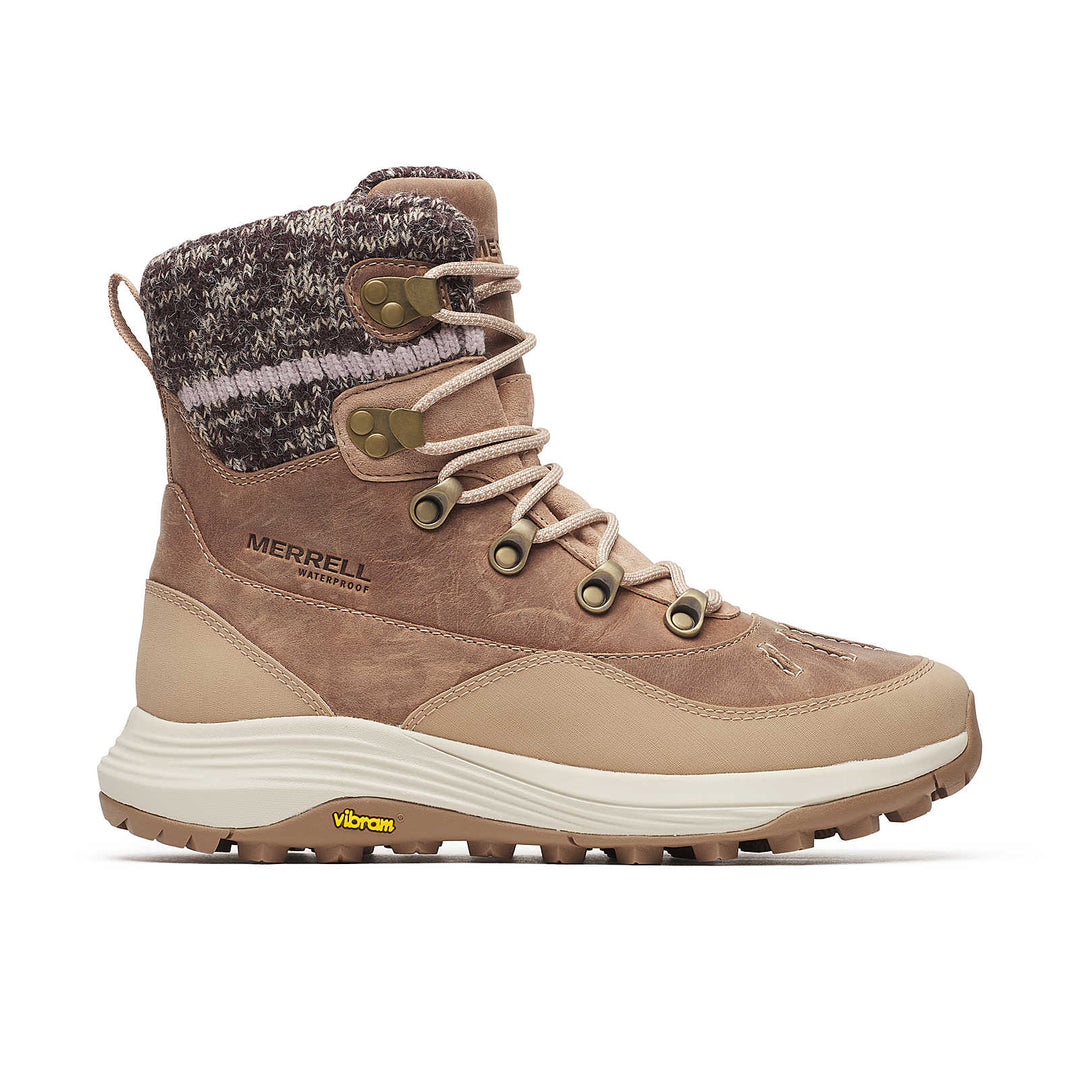Free Shipping on Orders Over $79Some exclusions apply
Hassle-free returns30-day returns
Free Shipping
Enjoy FREE Shipping on Orders Over $79 Exclusions apply.
30 Day Return Policy
Enjoy the convenience and peace of mind with our 30 day return policy.
Support Small Business
We are a small family run business and truly appreciate our customers! Shoot us over a message if you have any questions. Contact us










